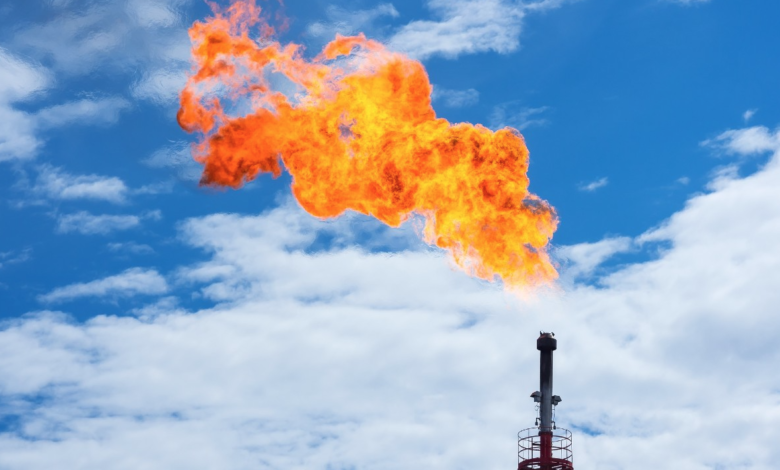Gas flaring, we are back to 2019 levels

Russia, Iran, United States and Libya record increases in flaring gas more substantial
Although global oil production remained broadly stable, last year’s gas flaring increased by about 7% compared to 2022, from 139 to 148 billion cubic meters. Releasing an additional 23 million tons of CO2 equivalent into the atmosphere. Numbers contradict international commitments, which go toward progressively limiting the routine flaring, that is, the release of gases extracted as a by-product of the extraction of crude oil, burning them or putting them in the atmosphere.
Gas flaring, World Bank data
The data contained in the World Bank’s Global Gas Flaring Tracker Report reveal a reversal of the trend in recent years. “The increase in gas flaring is particularly disheartening as it comes after a long-overdue reduction in 2022. This sets global gas flaring levels back to what we experienced in 2019.“, World Bank’s Zubin Bamji points out. “We’re hopeful that this is somewhat of an anomaly and the longer-term trend will be dramatic reductions“.
Most of the flaring accounted for in the report is released as unburned methane, the potential for which is more than 80 times greater than that of CO2 in the first 20 years it remains in the atmosphere. Most of the flaring can be traced back to a handful of countries. Together, Russia, Iran, Iraq, the United States, Venezuela, Algeria, Libya, Nigeria and Mexico are responsible for about 75% of global gas flaring. Although they weigh less than half (46%) of global oil production.
The increase in global volumes recorded by satellite surveys indicates that, at the national and company levels, efforts to limit the release of associated gas fail to use the right levers to change the business model and operation of extraction plants. The associated gas, in fact, could be captured and reused as raw material for other industrial uses at a very low expense compared to the advantages that would be gained. In the Net Zero scenario of the International Energy Agency, flaring must be drastically reduced by 95% by 2030, leaving a residual share only for emergency release.





